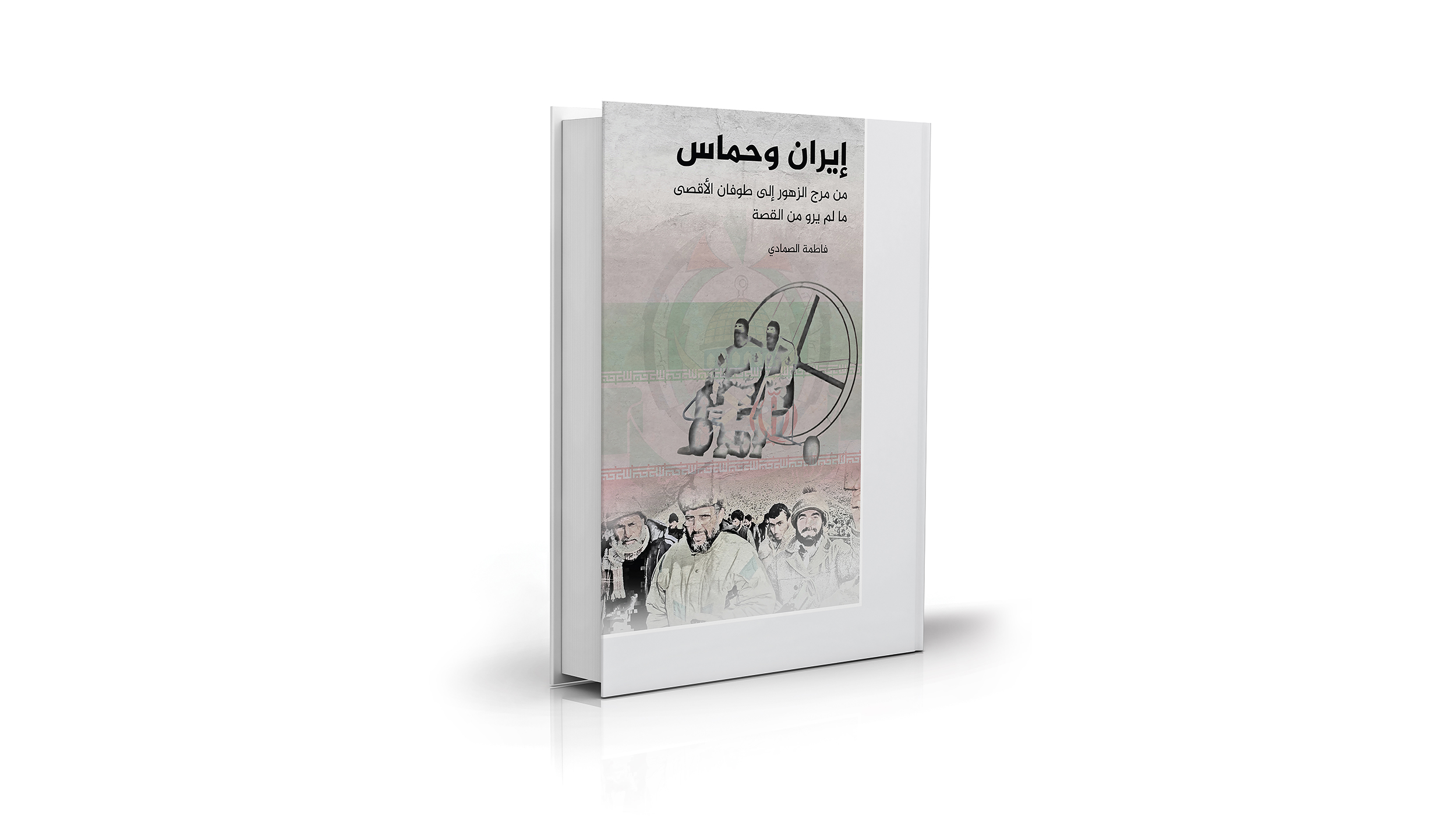
In mid-October 2024, Al Jazeera Centre for Studies published Iran wa Hamas: Min Marj az-Zuhur ila Tufan al-Aqsa [Arabic: Iran and Hamas: From Marj az-Zuhur to Tufan al-Aqsa] by Dr. Fatima Alsmadi, a senior researcher and expert on Iranian affairs at the centre.
The book provides a comprehensive overview of the evolution of the Iran-Hamas relationship, highlighting key milestones and crises, as well as the regional and international factors influencing it, culminating in the current geopolitical landscape.
Alsmadi explores the Iran-Hamas relationship from a perspective that transcends ideological dimensions, taking readers on a historical journey that reframes the relationship within a broader context of mutual interests and challenges. She begins with a review of the various phases of Iranian policy toward Palestine, starting from the late Qajar era (1794-1925), through the Pahlavi periods (1925-1979), up to the post-Islamic Revolution era (1979-present).
The book dedicates a chapter to Tufan al-Aqsa, examining Iranian interpretations of this event and its aftermath. It discusses the positions of various actors in the Axis of Resistance, the determinants guiding their actions, and the impact of the Houthis' involvement in the confrontation, while detailing Iranian strategic principles.
Drawing on written sources, credible testimonies and extensive interviews, the author delves into the political and religious backgrounds that shaped Iran’s relationship with Hamas. It highlights the positions of key figures like Ayatollah Kashani and Ayatollah Khomeini regarding the Palestinian cause. Kashani viewed the Zionist project as a threat to humanity, while Khomeini made opposition to the "Zionist regime" a hallmark of the Islamic revolution, thereby elevating the Palestinian cause to a central focus of Iranian foreign policy.
In addition, Alsmadi argues that the Iran-Hamas relationship extends beyond mere ideological alignment; it also serves mutual interests. The book recounts visits by Hamas leaders to Iran, such as Sheikh Ahmed Yassin’s visit in 1998, where he expressed gratitude for Iran’s support for Palestine. Iran, in turn, viewed this relationship as a means to assert its regional influence.
The text also examines the post-Islamic Revolution era, highlighting Iran's significant role in supporting the Palestinian cause as a cornerstone of its foreign policy. It addresses crises in the Iran-Hamas relationship, particularly following the Syrian revolution in 2011, where Hamas distanced itself from the Assad regime, a move that Tehran interpreted as a departure from the Axis of Resistance. The author details Quds Force Commander Qassem Soleimani's efforts to revive the relationship during this period of tension.
In discussing the Syrian crisis, the book illustrates the role of the Izz ad-Din al-Qassam Brigades, led by Mohammad Deif, in maintaining contact with the Quds Force despite political rifts, emphasising a shared commitment to resisting the Zionist occupation that outweighed their disagreements on regional issues.
The book also highlights the stance of Arab countries towards the Iran-Hamas relationship, noting some nations’ reservations or outright rejection, viewing Hamas as a “proxy for Iranian policies”. This perception has led to a form of political isolation for Hamas in the Arab world, compelling it to strengthen ties with Iran in light of inadequate Arab support for Palestine.
While former Iranian President Mahmoud Ahmadinejad was a strong supporter of Hamas, financial backing diminished under President Hassan Rouhani, who refrained from meeting Hamas leaders throughout his presidency, reflecting a cautious approach toward supporting the movement.
Employing a complex analytical style that blends historical and political perspectives, the book examines theories that explain the relationship between the two parties. It adopts a “cost-benefit” model to interpret the Iran-Hamas relationship through the lens of “rational choice”, illustrating how both parties seek to maximise their interests. The analysis explains the “delicate balance” Hamas aims to maintain, avoiding dependency on Iranian political decisions.
In this context, Dr. Alsmadi dedicates a chapter to the “intellectual and normative frameworks” shaping the political discourse of both parties, emphasising that Hamas retains its core positions and independence despite engaging with Iranian rhetoric.
The book concludes by examining a new phase in the relationship after 2020, where Hamas sought to strengthen ties with Iran following Soleimani's assassination and the resulting geopolitical ramifications. The author argues that this cooperation signifies a long-term trajectory influenced by various regional pressures.
Dr. Alsmadi's extensive documentation of diverse viewpoints, supported by field interviews and credible citations, makes this book a valuable reference on the history and nature of the Iran-Hamas relationship. It represents a significant contribution to the Arabic library, filling a gap in sources that combine historical analysis with field testimonies regarding this complex relationship.
To read and download the book (in Arabic), click here.